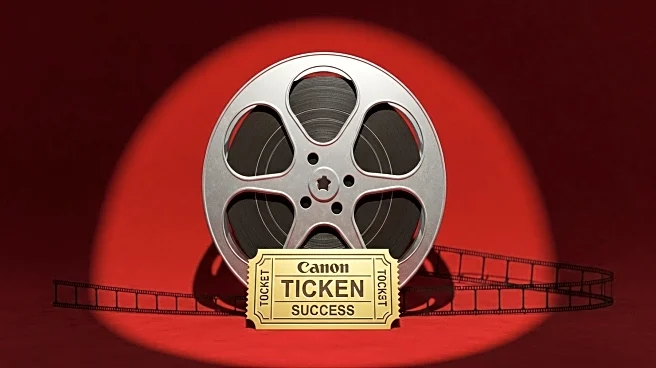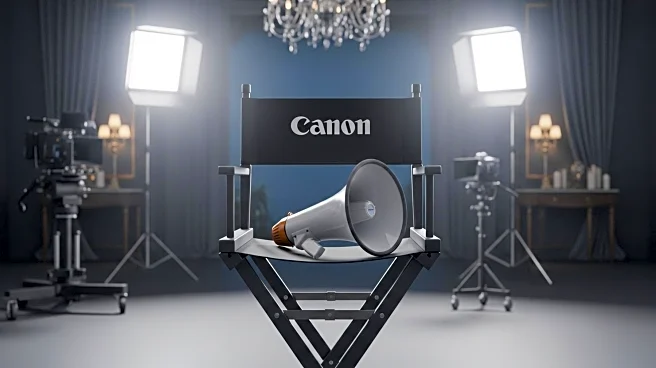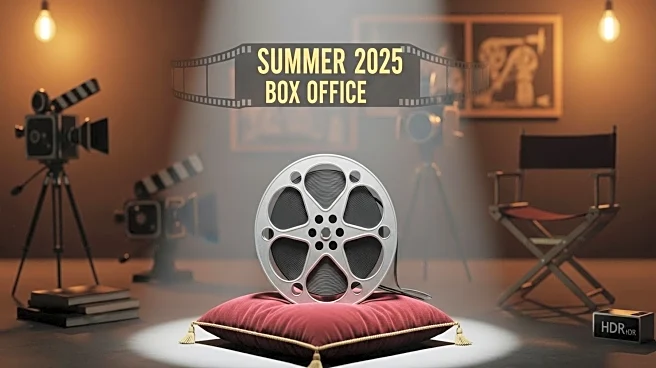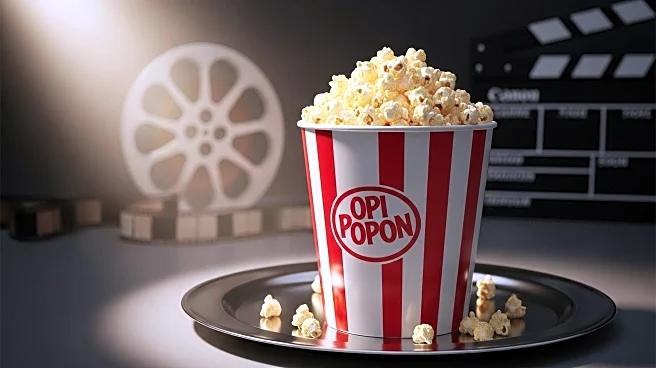What's Happening?
The summer box office of 2025 was described as 'terrific' by Paul Dergarabedian, a senior analyst at Comscore, despite failing to reach the anticipated $4 billion milestone. The Labor Day weekend generated $82.9 million, with the 50th-anniversary re-release of 'Jaws' earning $9.9 million, surpassing two new studio films. The horror film 'Weapons' led the box office with $12.8 million over the four-day weekend, accumulating $135 million domestically. The optimistic portrayal of the summer box office contrasts with the reality of weaker totals, raising questions about whether studios will adjust their release strategies.
Why It's Important?
The discrepancy between the optimistic narrative and the actual box office figures is significant for the film industry. While major franchise films continue to perform well globally, domestic holiday frames have underperformed compared to projections and previous years. This situation presents a PR opportunity for studios to maintain a positive outlook, but it also highlights potential structural weaknesses in the industry. The outcome affects exhibitors who rely on strong attendance and could influence future marketing and release strategies. The tension between spin and scrutiny may impact consumer decisions and industry dynamics.
What's Next?
Studios are likely to continue promoting an upbeat narrative while exhibitors push for stronger fall titles and marketing efforts. The real test will be in the performance of early September releases and weekly cumulative trends, which will indicate whether the 'terrific' label was justified or merely a comforting spin. Industry stakeholders will closely monitor these developments to adjust strategies accordingly, balancing optimism with the need for realistic assessments of box office performance.
Beyond the Headlines
The use of optimistic language by analysts like Dergarabedian can influence industry narratives and investor perceptions. While the quote provides reassurance, it also serves as a reminder of the importance of critical analysis in understanding market trends. The interplay between data and narrative will continue to shape the strategies of studios and exhibitors, potentially affecting long-term industry shifts.











